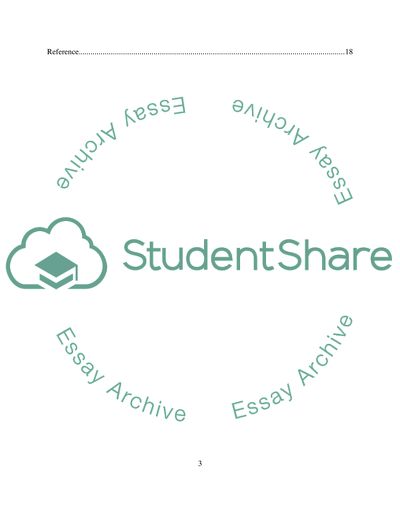Cite this document
(“Fashion and consumer science Term Paper Example | Topics and Well Written Essays - 3250 words - 2”, n.d.)
Retrieved from https://studentshare.org/family-consumer-science/1424019-fashion-and-consumer-science
Retrieved from https://studentshare.org/family-consumer-science/1424019-fashion-and-consumer-science
(Fashion and Consumer Science Term Paper Example | Topics and Well Written Essays - 3250 Words - 2)
https://studentshare.org/family-consumer-science/1424019-fashion-and-consumer-science.
https://studentshare.org/family-consumer-science/1424019-fashion-and-consumer-science.
“Fashion and Consumer Science Term Paper Example | Topics and Well Written Essays - 3250 Words - 2”, n.d. https://studentshare.org/family-consumer-science/1424019-fashion-and-consumer-science.


